Amy PrindleThe Center for Online Evangelism is a missionary project devoted to developing online mission stations. If you’ve been following this series and applying the techniques and tools we’ve covered, you’ve researched keywords to get an understanding of what topics are relevant to your target audience and match their search behavior. You’ve looked at what could be considered competition and found opportunities in a few niche topics that relate to your ministry. Ideally, you’ve made topic outlines and are ready to start creating! While we’ve mentioned a lot about writing, “content” is more than just text. Content can refer to any form of information aimed at an audience. When it comes to digital marketing, content is made to inform, to educate, and to entertain—all for the ultimate purpose of attracting and nurturing a loyal audience that promotes your organization’s cause or buys your products. Furthermore, content marketing is effective because it allows brands to build awareness and even recruit a following before trying to sell a product or soliciting an action! The currency of content marketing is ACT—Authority, Credibility, and Trustworthiness (though we should also add “Empathy” to this list, especially when dealing with spiritual topics and life lessons). Once your messaging is established, focus on the delivery. Use multiple forms of content to maximize your organization’s ability to get picked up by Google’s search algorithms, as well as further engage your audience. Keep in mind that certain forms of content will perform better with some audiences than others. By diversifying your content creation strategy, you optimize your reach and increase your ability to have an impact across a variety of demographics. Here are the four major components that work together in a comprehensive content creation process:
Most popular types of online content Text The written word is foundational for any type of content, and, therefore, this is where we must begin. Ideas are written down first—whether in the form of notes, scripts, or outlines—before they’re turned into anything else. In addition, written content almost always accompanies and supports the other content types. Consequently, when you set your content marketing goals, you’ll want to prioritize quality writing. Keep in mind, however, that good writing in an academic sense is not the same as what’s considered good content writing or copywriting. Writing for digital environments is much more straightforward, casual, conversational, and concise. The most common forms of written content online are:
Video One-third of all online activity is spent watching video. This isn’t surprising. People have always been visual creatures, and online video continues to be a popular way to consume content--for all ages! Video is a great enhancer, as well. Have you noticed that when you click on a news story, the page often has both the written article as well as the video from the newscast? Not only does it offer two different options for content consumption, it also adds a perception of depth and authority to the story. Video content is particularly ideal for educational content, especially “how-to” tutorials. Demonstrations, interviews, time-lapses...some things are just better presented via video. The increase in mobile device usage has made video more popular as well. With a smaller screen, it’s easier and faster to watch videos than to read text. When it comes to YouTube, this platform has created its own niche of search engine optimization. YouTube’s search algorithms rely heavily on keywords, titles, tags, thumbnail images, and microcontent such as video descriptions and channel descriptions. YouTube also measures “watch time,” or how long a viewer watches before clicking away or going back to search results. The more of a video that gets watched, the better that video must be, so YouTube ranks it higher in its search results. Longer videos, especially if frequently watched until the end, get even more of a boost (outside of YouTube, however, it is still generally recommended to keep videos short, around 3-5 minutes or less). Livestreams This is when longer videos are always acceptable, regardless of platform. Livestreaming your events, whether on Facebook Live or your website, can widen your audience, further engage your existing audience, and even provide an archived piece of evergreen content that can later be repurposed. This is great for church services, special performances, programs at a school or university, conference sessions, and more. When it comes to SEO, livestreams can have a sizeable effect. Facebook announced that its ranking algorithm favors live videos in its searches. YouTube promotes YouTube Live videos. And even if your organization’s livestreams are hosted off-site, it’s another link to your content that could show up in search results—especially if you’re live often! Webinars Taking video up another notch, webinars are exclusive live educational presentations. Like its name suggests, it’s a seminar broadcast over the web using tools such as GoToMeeting, Zoom, or Lifesize. Participants are typically invited to webinars and provided with a private link. While the webinar itself would not be indexed by search engines, its power to engage audiences boosts SEO through lead generation and by increasing activity, trust, and loyalty to your organization. This is ideal for organizations that can use their niche to teach useful information, provide background on a popular issue, or facilitate live online discussions. Images While the right pictures can elicit emotion, the right designs can inspire action and highlight strategic details. Careful planning is necessary to make sure the chosen images indeed emphasize the intended emotion, that it’s clear what’s happening in the picture, and that it looks genuine, as opposed to a cliché corporate stock photo. Stock photography isn’t always bad if it’s carefully selected. And it’s easy to find free stock images at pixabay, pexels, unsplash and free-images.com. Click here for more free or low-cost stock photography and design resources. For websites, hero images continue to be trending (large image that dominates the top area of a website). These pictures must be high enough resolution to avoid appearing pixelated (approx. 1600 pixels wide), but low enough resolution to keep from slowing down the site’s load time. For images that appear on your website that are not hero images, stick to file sizes under 250 kilobytes if possible. (Learn more about image best practices for church websites.) Certain images also go viral as memes, or pictures familiar to a specific audience and overlayed with block text, that use an adaptable but repeated theme to say something funny, inspiring, or even to evoke sadness or outrage. A fitting meme every now and then can boost engagement on your blog or social media content—but be careful not to overuse them. For each image you use on your website or blog, make sure to apply ALT text to its code, which is indexed by search engines to determine what the picture is about. It also acts as text that can be read by screen readers to tell visually-impaired internet users what pictures are on a page. Infographics When explaining a process in text, an accompanying visual is a must. If, when talking about your topic, you find yourself saying, “here, let me show you…” or “why don’t I just draw this out,” an infographic would probably come in handy. Designers and writers must work closely to create an infographic with a clear direction so the eye knows what to read first and where to go next. Infographics illustrate each step of a process (each bullet point) and include short and straightforward text to accompany the imagery—making complicated information easier to understand. If you’re short a graphic designer, some free tools like Canva can help you create simple infographics, adding a splash of color to your page, post, or feed, as well as informing and engaging your audience in a creative way. As the above infographic explains, infographics don’t just make your page more pleasant to look at—people actually google for infographics on certain topics. They’re also shared frequently on social media. Podcasts Audio content can include interviews, sermons, vocal essays, monologues, presentations, seminars, etc. Podcasts can be featured on your website or uploaded to iTunes so users can subscribe (even if you’re already hosting through a provider such as SoundCloud, Blubrry, Google Drive, or archive.org). These simple audio files make for a highly shareable piece of content people can listen to while driving, walking, exercising, or cleaning their garage. Having podcasts with your organization’s name, or even a prominent personality associated with your organization, can do wonders for brand awareness, which ultimately benefits overall SEO. Interactive content (quizzes, polls, calculators, etc.) This requires audience participation, making for a more memorable interaction with your organization. You’ve probably seen various character quizzes on Facebook or Twitter, which are highly shareable because, to the audience, it feels like they’re sharing information about them, not about the organization that designed the quiz. Interactive content that strives to be more helpful or practical might be assessment-type quizzes, calculators, interactive graphs or charts, or polls and surveys. They can also help you with demographic info-gathering for your organization’s strategic planning. And anything that deepens engagement also boosts SEO! It’s always beneficial to keep people on your website longer. There are several tools to help you create interactive content, such as qzzr, SurveyMonkey, Doodle, Vizia, and more. Courses This type of content can be important for supporting what Google refers to as an organization’s E-A-T (Expertise, Authority, Trustworthiness), while also providing yet another way for your audience to consume your content. If your organization is qualified to teach even a simple skill that has value in your audience’s life, creating courses can bolster your content marketing and SEO, and become an additional product you offer. Beginning Content Strategy Worksheet Filling out this structural worksheet can guide your brainstorming process and help you solidify your content strategy.
10/3/2023 10:56:03 pm
What an incredibly informative post! Comments are closed.
|
Archives
August 2020
Categories
All
|
- Home
- BLOG
-
RESOURCES
-
RESOURCE MENU
>
- ADVENTIST IDENTITY GUIDELINES
- BIG DATA RESOURCES
- BRANDING, IMAGE & DESIGN RESOURCES
- CHURCH/MINISTRY SPECIFIC RESOURCES
- COPYRIGHT & TRADEMARK BASICS
- COURSES
- EMAIL RESOURCES
- GUIDANCE FOR HIRING SOCIAL MEDIA POSITIONS
- PODCASTS
- REPORTS & CASE STUDIES
- SOCIAL MEDIA RESOURCES
- (SOCIAL) VIDEO RESOURCES >
- TEXTING 4 CHURCHES
- TRACKING & ANALTYICS
- WATCH VIDEOS & TUTORIALS
- WEBSITE TIPS
- SOCIAL MEDIA GUIDELINES
-
RESOURCE MENU
>
- SEO
- Digital Discipleship & Evangelism
- COVID-19 RESOURCES
- eNEWSLETTER


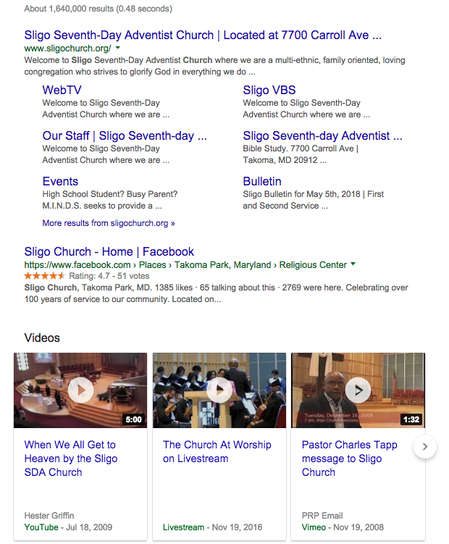
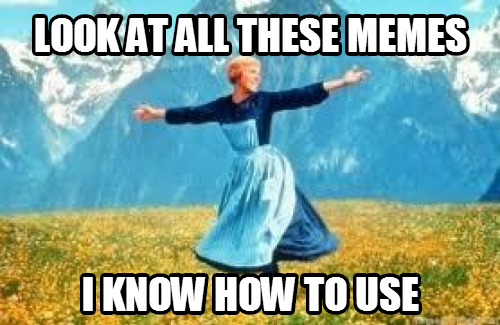
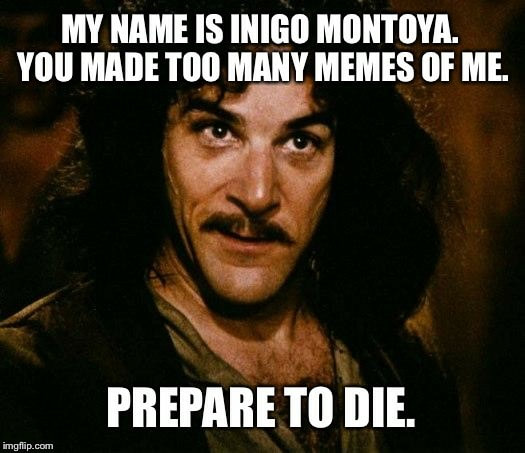
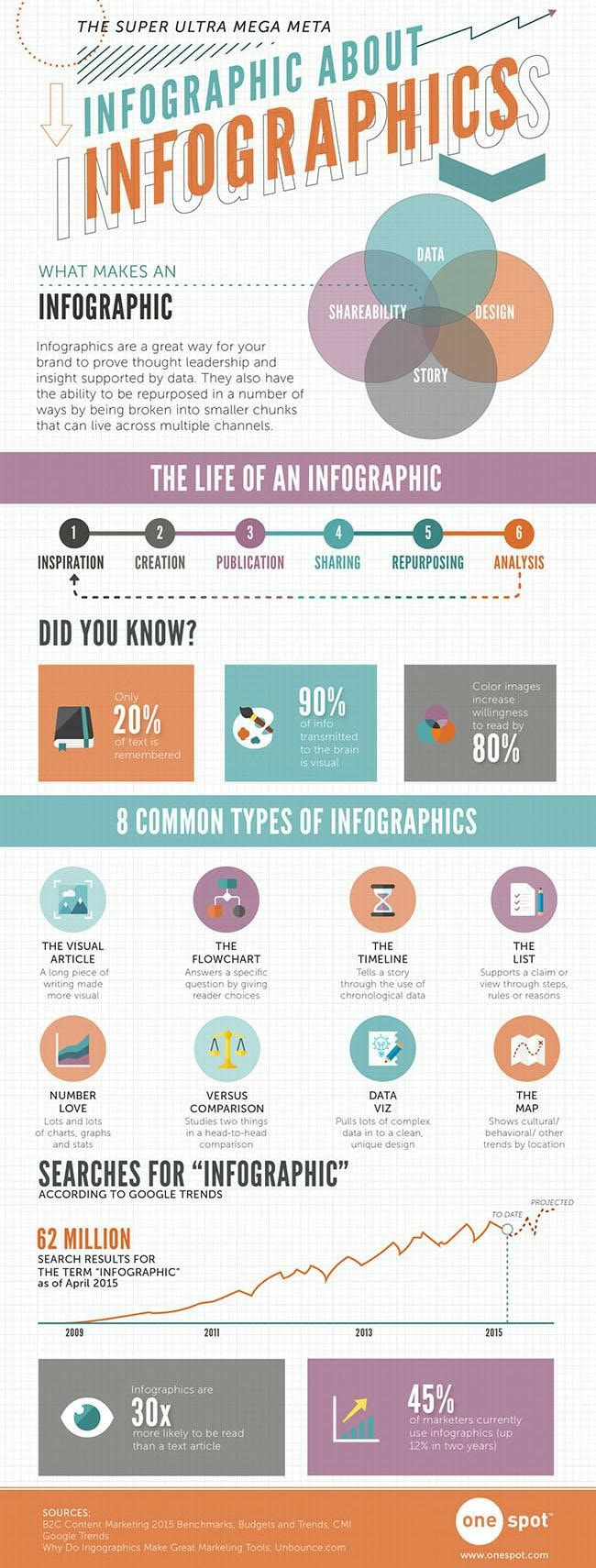
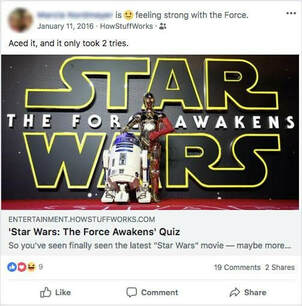
 RSS Feed
RSS Feed